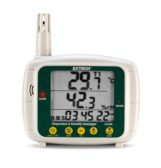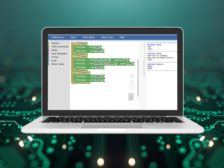Home » Keywords: » data management
Items Tagged with 'data management'
ARTICLES
Software
AI is profoundly reshaping manufacturing, enabling businesses to achieve higher quality standards, greater operational efficiency and more imaginative resource utilization.
Read More
Quality Rocks
If it’s Boeing – I’m not Going!
Stranded astronauts, troubled Starliner spacecraft lead to bruising perspective
September 5, 2024
Software
How to Level Up Your Quality Assurance with Inspection Software
Quality inspection software can be a game-changer. But how do you make the right choice?
June 19, 2024
Software & Analysis
Ramp up Data Management to Ramp up Production
Sustained success hinges on the effectiveness of the data management tools used to monitor and maintain product quality.
August 24, 2023
Low-Code to No-Code: A Software Development Revolution
When software can almost write itself, then it's future proof.
May 5, 2021
Stay in the know with Quality’s comprehensive coverage of
the manufacturing and metrology industries.
eNewsletter | Website | eMagazine
JOIN TODAY!Copyright ©2025. All Rights Reserved BNP Media.
Design, CMS, Hosting & Web Development :: ePublishing











